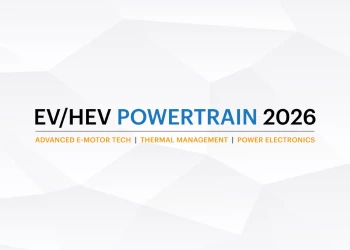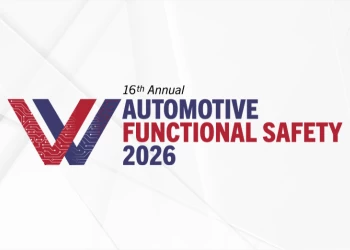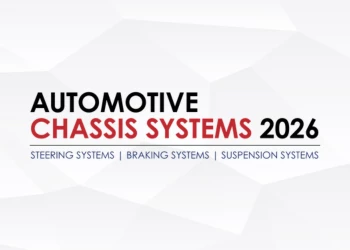Active Suspension & Formula One
Add bookmarkActive suspension first found its way into Formula one racing in 1981 when teams were searching for a means of using "skirts" fitted to the sides of the cars to increase aerodynamic downforce and improve handling. Crucial to the success of the design was a controlled ride height: Enter Lotus’ first ever active suspension.
These early systems used hydraulics to control the car’s attitude in response to bumps in the road, rather than proactively preparing for the event ahead of time. Although they were effective in controlling the car’s height, they were slow to react to inputs.
In 1983 Lotus refined the system by fitting an onboard computer to actively control the ride height, at which point the technology was deemed effective enough to be transferred to road cars. However the system was found to be expensive, added 150Kg to the weight and required about four kilowatt to drive the 15 Mpa hydraulic pump. Furthermore, the system couldn't respond quickly enough to small sharp inputs, and so the system, in this form never made it into production at Lotus.
Having achieved considerable success in F1 racing, active suspension’s development also came to an abrupt halt in 1994, when it was banned because of safety concerns over the high speeds attained whilst cornering.
The Fêdêration Internationale de l'Automobile (FIA) regulations that restrict F1 cars (And most other forms of motorsport) to conventional sprung suspensions without electronic intervention has forced teams to look elsewhere for suspension innovations.
Part 2 of this series will look into innovative alternative suspension technologies
Peter Els is a technical writer for Automotive IQ










